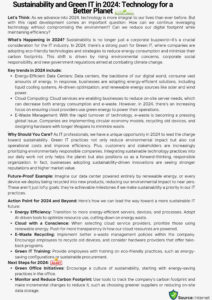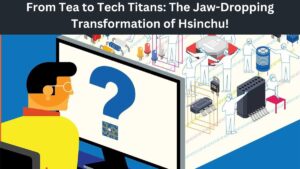The fusion of Artificial Intelligence (AI) and Over-The-Top (OTT) services has ushered in a transformative era, revolutionizing the digital landscape in terms of content delivery, user experience, and operational efficiency. AI’s role in OTT is multi-faceted, touching upon content recommendations, categorization, advertising, and even challenges such as privacy concerns and the rise of AI-generated deepfakes.

In the realm of OTT, AI’s influence is most prominent in the realm of personalized content delivery. Leveraging sophisticated algorithms, OTT providers can now offer tailor-made content recommendations, enhancing user engagement and satisfaction. These algorithms also play a crucial role in content categorization, tagging vast media libraries, and simplifying content searches for users. The result is a more seamless and user-friendly experience, allowing for the creation of personalized playlists.
Moreover, AI’s capabilities extend to video analysis, enabling object recognition, scene detection, and sentiment analysis. These functionalities not only aid in content categorization but also play a pivotal role in targeted advertising. By understanding user preferences through AI, OTT providers can strategically place ads, creating a more personalized advertising experience for viewers.
However, as AI becomes deeply integrated into the OTT landscape, several challenges have emerged. Privacy and data security concerns arise as vast amounts of user data are collected and analyzed to enhance AI algorithms. There is also a growing concern about algorithmic bias, where AI systems unintentionally perpetuate discrimination or reinforce existing prejudices. The pursuit of maximizing user engagement through AI-powered recommendation systems introduces the risk of filter bubbles and addictive behaviors.
One notable threat is the emergence of AI-generated deepfakes, highly realistic yet fabricated media that can be exploited for misinformation and malicious purposes. This poses a significant challenge for OTT providers in maintaining the authenticity and integrity of the content delivered through their platforms.
Beyond the realm of OTT, the article explores the broader concept of technological convergence, where industries such as telecommunications, broadcasting, transportation, and hospitality converge in the digital sphere. This convergence is made possible by the omnipresence of the internet, facilitating the integration of services that were once handled by different technological systems and industries governed by distinct regulations.
The economic implications of this convergence are profound, reshaping traditional markets and putting companies that operated in separate domains into direct competition. For instance, traditional telecom operators are challenged by the popularity of OTT services such as VoIP, impacting the usage of traditional voice services. Similarly, hotels now compete with private home owners using house-sharing platforms, and the taxi industry faces disruption from online ride-hailing platforms.
In response to these challenges, companies have adopted various strategies. Some argue that the competition brought by OTT services is unfair due to the lack of complex regulatory provisions. Others have proactively changed their business models, introducing new services to compensate for declining ones. Mergers, acquisitions, and partnerships between OTT and telecom providers have also become common strategies to gain a competitive advantage.
The legal and regulatory frameworks governing this convergence have been slow to adapt, posing governance and regulatory questions at both national and international levels. The International Telecommunication Union (ITU) and the Council of Europe are addressing these issues, exploring governance mechanisms and best practices. Some countries have opted for flexible approaches, addressing convergence from the perspective of net neutrality, while others have created new legal frameworks.
In conclusion, the intertwining of AI with OTT services is a testament to the ever-evolving digital landscape. The challenges and opportunities presented by this convergence are reshaping industries, prompting innovative strategies, and calling for adaptive governance to ensure a balanced and secure digital future.






